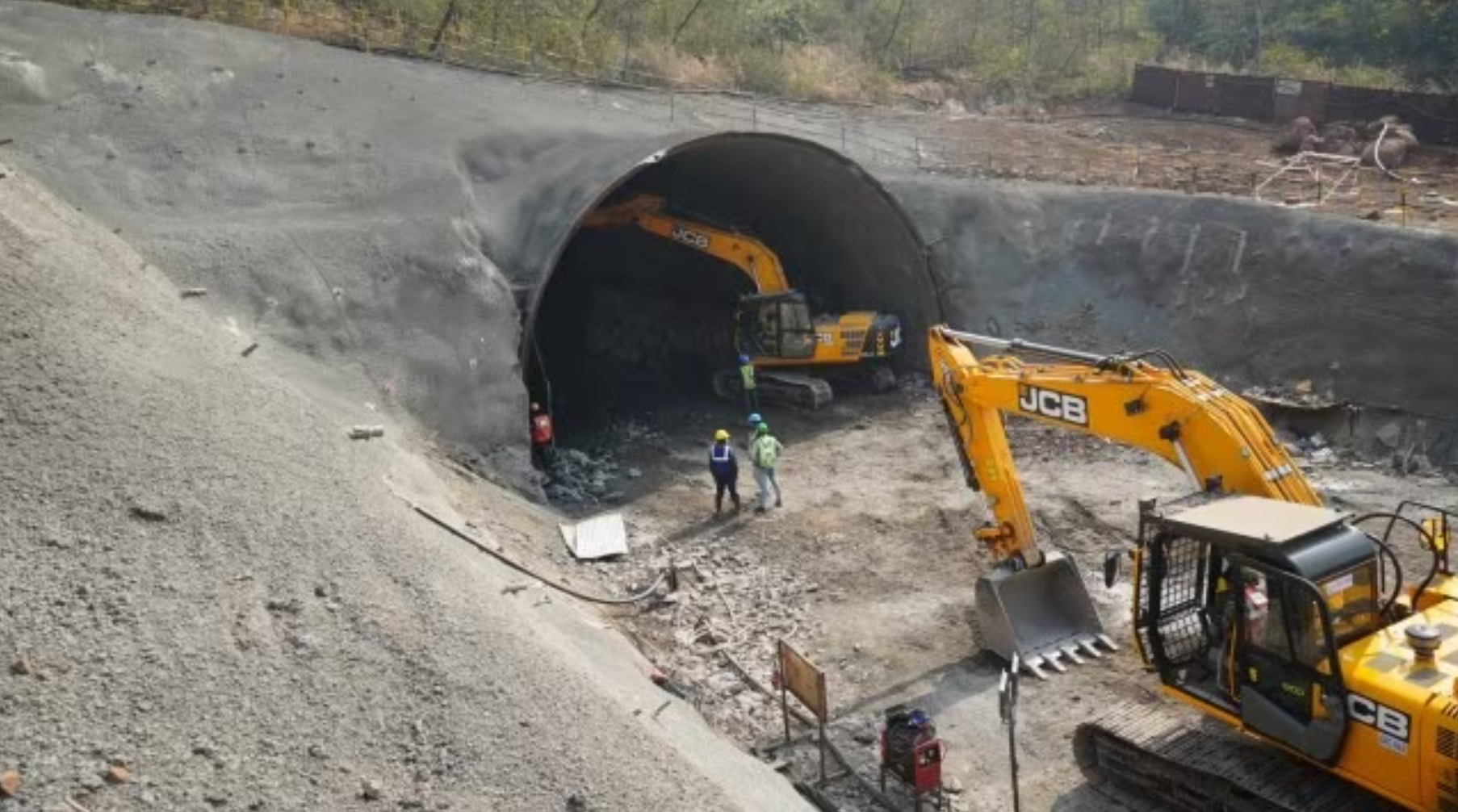The Mumbai-Ahmedabad High-Speed Rail (MAHSR) project, also known as the Bullet Train project, is a significant milestone in India’s infrastructure development. The project, overseen by the National High-Speed Rail Corporation Ltd (NHSRCL), is currently under construction.
The project’s most notable feature is the 21-kilometer-long tunnel between Bandra Kurla Complex (BKC), Mumbai, and Shilphata, Thane, in Maharashtra. This single tube tunnel will accommodate twin tracks for both up and down lines, alongside the construction of 39 equipment rooms at 37 locations along the tunnel route.
The tunnel’s construction employs advanced methods such as Tunnel Boring Machine (TBM) and New Austrian Tunneling Method (NATM). The TBMs, with a 13.6-meter cutter head diameter, significantly larger than the usual 5-6 meter diameter cutter heads employed in urban tunnels, will cover approximately 16 kilometers of the tunnel length. The remaining 5 kilometers will be constructed using the NATM.
The tunnel’s depth will range from 25 to 57 meters below ground level, with the deepest point being 114 meters beneath the Parsik hill near Shilphata. Three shafts located at BKC, Vikhroli, and Sawli, Thane district, will facilitate the construction. An inclined shaft of 42 meters at Ghansoli and a tunnel portal at Shilphata will aid in the construction of approximately 5 kilometers of the tunnel using the NATM method.
Construction activities have started at several key locations. The shaft at the Mumbai High-Speed Rail (HSR) Station Construction Site has completed 100% of its secant piling work and is currently undergoing excavation. The shaft at Vikhroli has finished its piling work and is currently undergoing excavation. It will serve as the entry point for two tunnel boring machines, each heading towards BKC and Ghansoli respectively. Excavation is currently in progress at the shaft near Ghansoli. At Shilphata, Thane, the NATM end of the tunnel, portal work has already commenced.
The MAHSR project is a 508.17 km under-construction High-Speed Rail line that will connect Mumbai, Maharashtra with Ahmedabad, Gujarat through 12 stations at an estimated cost of Rs. 1.1 lakh crore (US$15 billion). The project is being executed by the NHSRCL through a 50-year ₹88,087 crore (US$12 billion) loan from Japan at an interest rate of 0.1%, with repayments scheduled to start 15 years after the line becomes operational.
The first section of the Mumbai – Ahmedabad Bullet Train project in Gujarat is expected to open in 2026. The Indian government had originally set a deadline of August 15, 2022, but that was not able to be met due to tendering delays and land acquisition hurdles.
The Mumbai-Ahmedabad bullet train project is a testament to India’s commitment to infrastructure development and technological advancement. As the project progresses, it promises to revolutionize the way people travel between these two major cities, reducing travel time and enhancing comfort.



